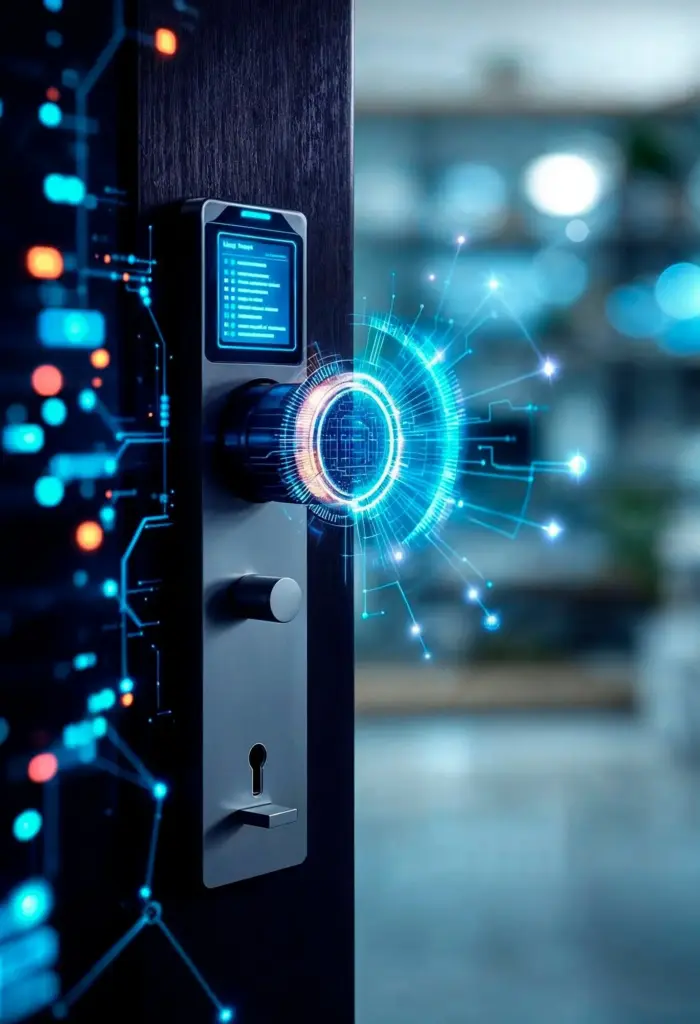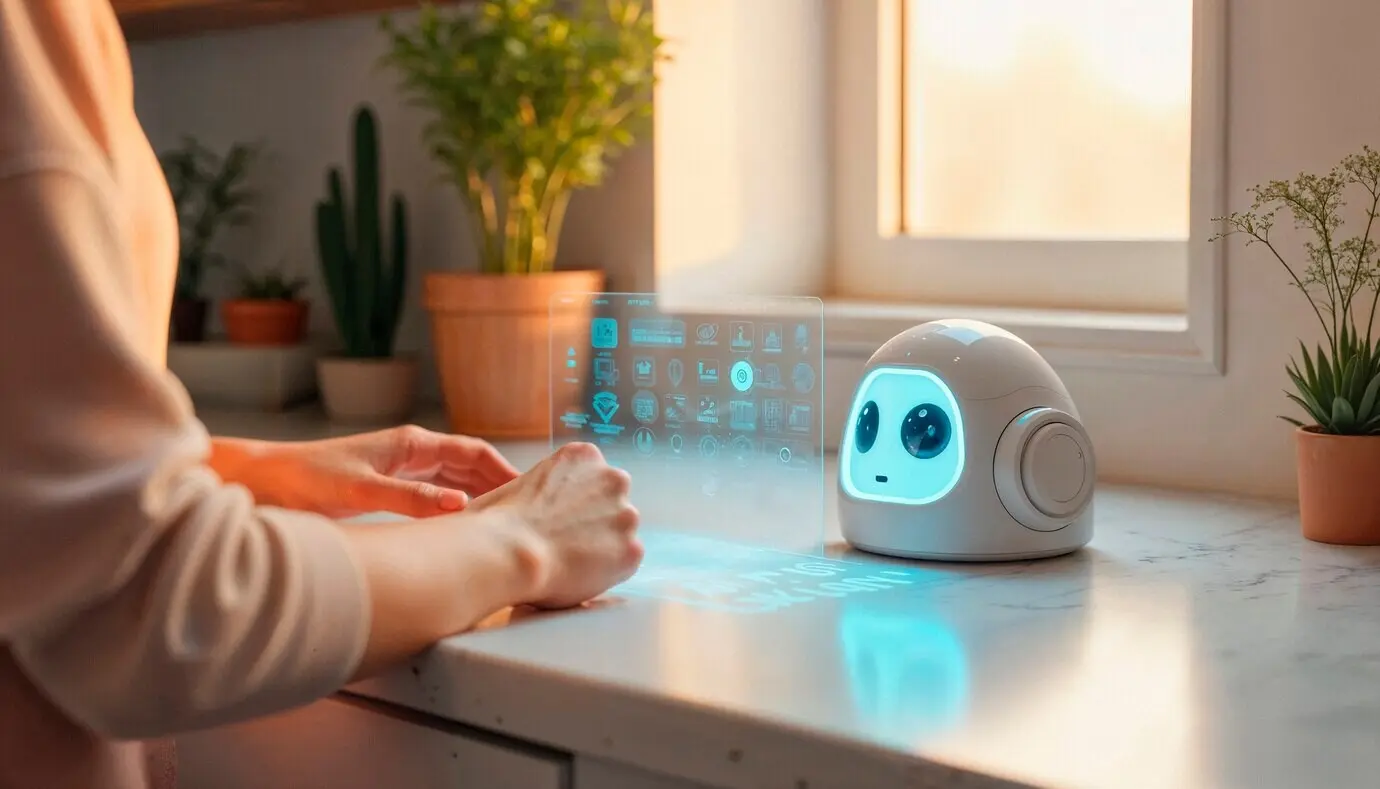Keep Your Smart Home Running Smoothly Every Day
Care Routines That Make Automation Last




Seeing What Your Home Sees: Monitoring That Matters
Dashboards and Health Indicators You Can Trust
Build a single glance view that highlights hub uptime, automation latency, battery percentages, and network signal quality. Include device offline counts, sensor update ages, and storage headroom for video. When family reports sluggish lights, you can confirm patterns, compare against normal baselines, and quickly decide whether to investigate firmware, wireless interference, or an overloaded controller without chasing shadows.
Alerts Without Alarm Fatigue
Set thresholds that reflect meaningful risk, not every little blip. Bundle non-urgent notices into daily summaries, escalate persistent failures, and silence flapping devices until they stabilize. A neighbor avoided midnight text storms by rate-limiting notifications and using quiet hours, yet still caught a freezer sensor failure fast enough to save several meals and a weekend plan.

Calm Diagnostics When Things Misbehave

Updates Without Outages





Credentials and Least Privilege for Everyday Safety

Balancing Local Control with Cloud Convenience

Power, Redundancy, and Offline Modes that Matter
When to DIY and When to Call for Backup
